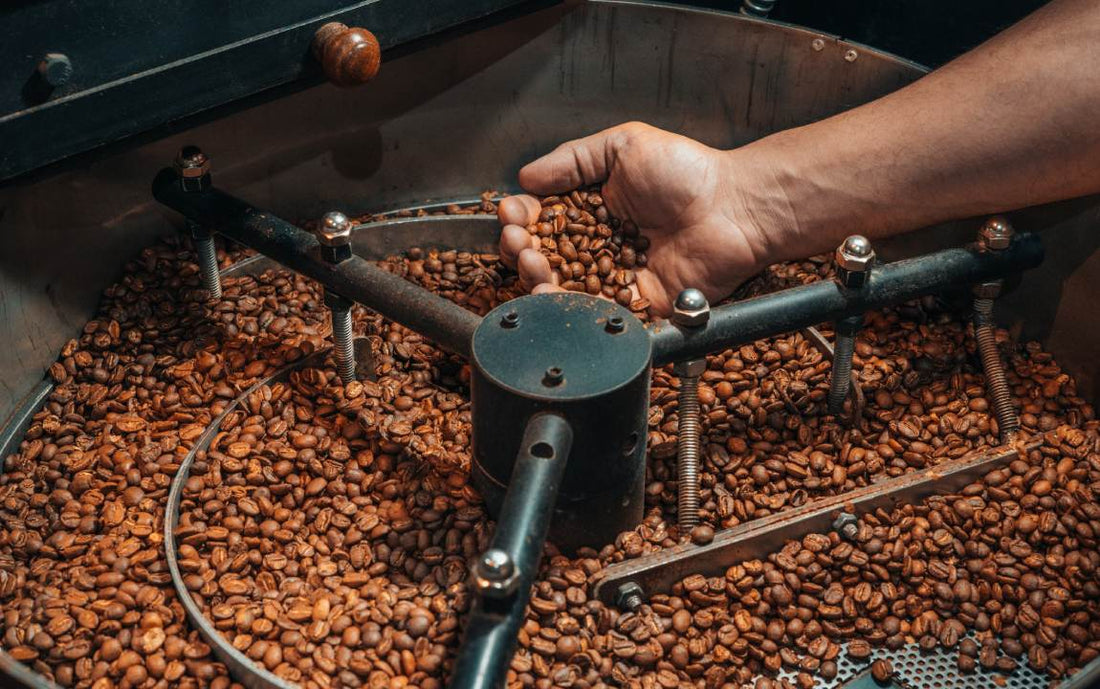Roasting coffee beans is an intricate art that goes beyond simply applying heat. While it might seem straightforward—taking green beans and turning them into aromatic, brown beans—it's far more nuanced than that. Let's delve into the fascinating history and process of roasting coffee.

Alfred Peet who is widely credited with the starting of specialty coffee revolution in the US.
The history of coffee roasting dates back to the 15th century in Yemen, where beans were first roasted and brewed over open fires using simple frying pans with long handles.

A Coffee Roaster From The 15th Century
Fast forward to the 1800s, and coffee emerged as a booming commercial industry. Growing consumer demand drove innovations like larger roasting machines. Notably, the wood stovetop coffee roaster became popular during this era.
 Wood Stovetop Coffee Roaster From 1890
Wood Stovetop Coffee Roaster From 1890
As time progressed, the art of coffee roasting evolved further. Gauges, thermometers, and electric roasters were introduced to automate and standardize the roasting process, ensuring consistent quality. Today, coffee roasting is highly efficient and nearly fully automated. Modern technology allows for high-volume production with minimal variation in quality, making coffee roasting a streamlined and precise process.
| Lighter Roast | Darker Roast |
| More Caffeine |
Less Caffeine |
| More Acidity |
More Bitterness |
| No Oil On Surface |
Oily On Surface |
| Mild Coffee Taste |
Strong Coffee Taste |

